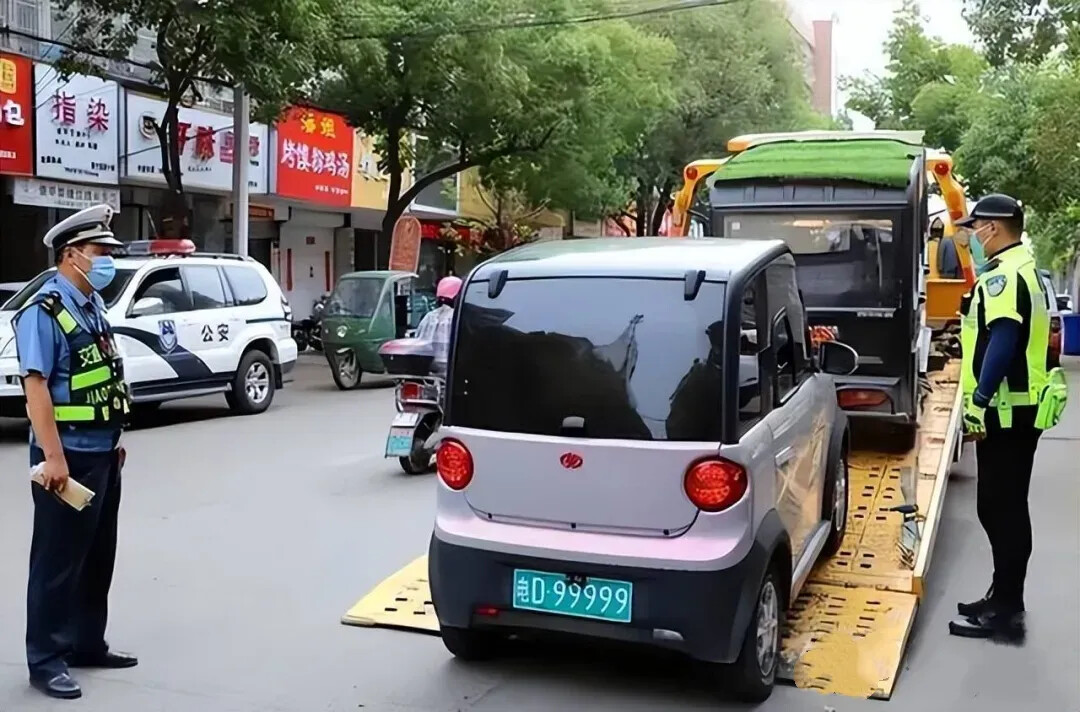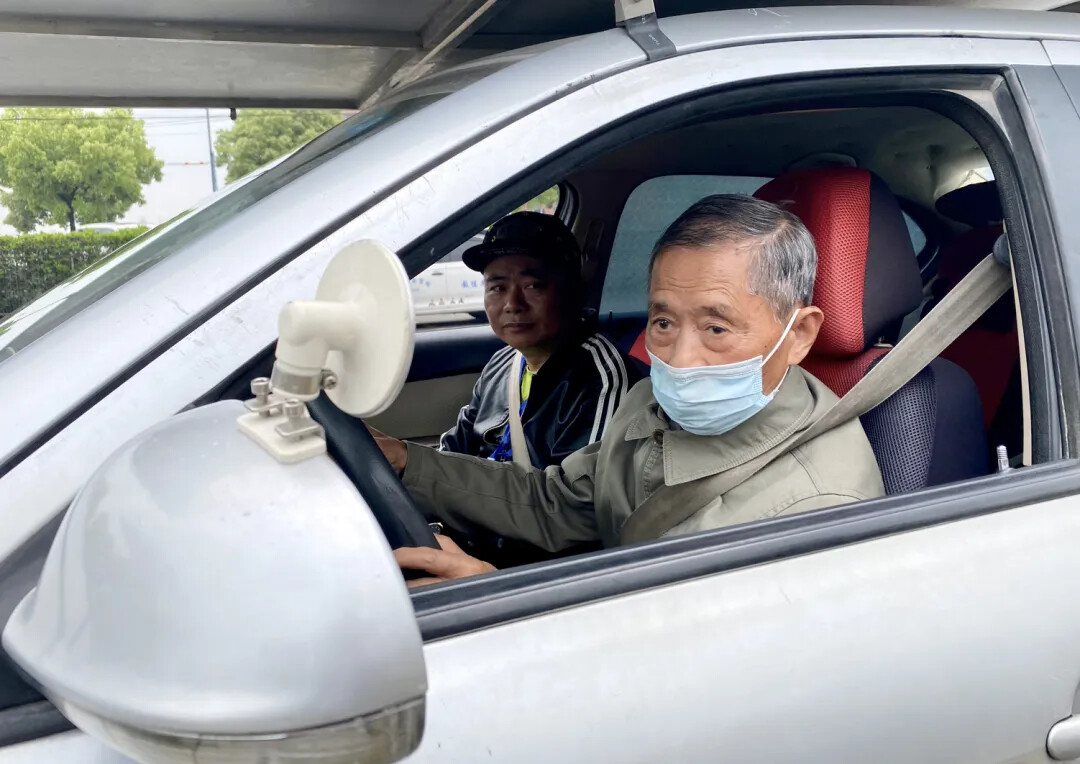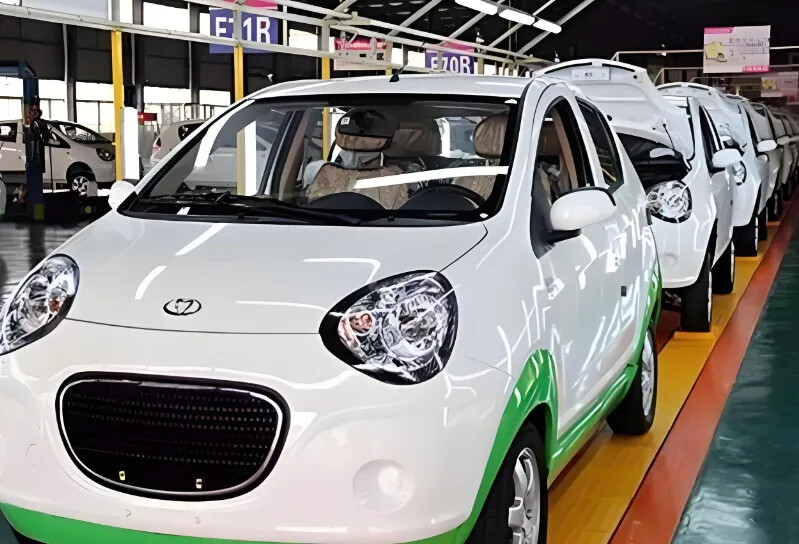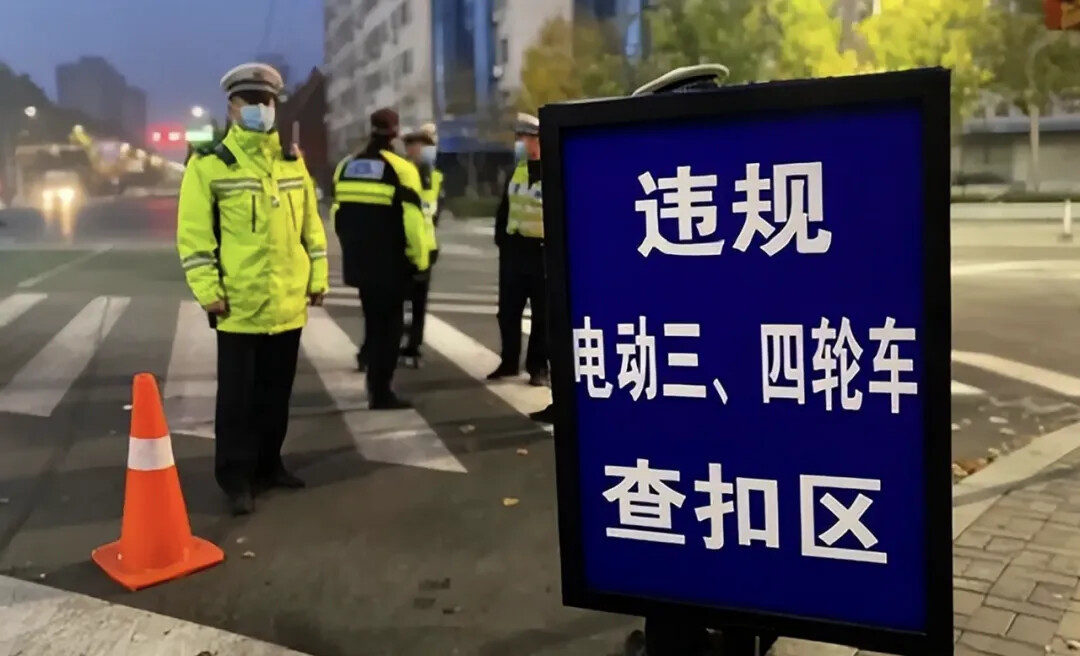In recent years, low-speed four-wheeled electric vehicles (often known as "elderly scooters") have sparked heated debate over their legal status. Loved by seniors and short-distance commuters for their low cost and simple controls, these vehicles have filled a unique niche in urban mobility. Yet, without national standards or clear licensing rules, they exist in a legal gray area, raising safety concerns and contributing to frequent accidents.

As regulations surrounding low-speed vehicles continue to tighten, there has been a growing call within the market for a dedicated driver's license. Recently, discussions around the C7 license have once again drawn public attention. Designed specifically for micro low-speed electric vehicles, could this license become the "key" to legitimizing their use on public roads?

I. Core Advantages of the C7 License: Simplified, Cost-Effective, and Specialized
1. Streamlined Testing Process
Reform of the Theory Test: Subject 1 and Subject 4 may shift from traditional written exams to oral questioning or training-based assessments, addressing the difficulties elderly applicants face with computer-based tests.
Adjustment of Practical Test Items: Subject 2 will remove complex tasks such as "gear shifting over 100 meters," retaining only basic items like reverse parking and hill starts. Subject 3 will focus more on driving scenarios specific to low-speed vehicles.

2. Significantly Lower Certification Costs
Getting a C7 license is expected to cost just around ¥1,000, far more affordable than a regular C1 or C2 license. And in some areas, it might even be free for seniors, lightening the load even more!
3. Clearly Defined Vehicle Category
The C7 license is strictly for low-speed four-wheelers (max speed ≤ 70 km/h) without complex safety systems like airbags. It can't be used for gas-powered cars, motorcycles, or anything else, making it a smart, targeted solution that's easy to manage and hard to misuse.

II. Prerequisites for Legalization: Compliance of Both Vehicle and License
Although the proposal of the C7 license has drawn widespread attention, its implementation still faces multiple obstacles. First, the current Regulations on the Application and Use of Motor Vehicle Driver's Licenses (effective January 1, 2025) do not include the C7 license in the official vehicle categories, meaning the introduction of this license would require amendments to existing laws and regulations, typically a lengthy legislative process.
Second, the production standards for low-speed electric vehicles remain inconsistent. While the Technical Specifications for Pure Electric Passenger Vehicles has entered the approval stage, its official release date is yet to be confirmed. If the standard can bring low-speed EVs into the motor vehicle regulatory system, clarifying safety certification and battery energy density requirements, it will provide a crucial foundation for the rollout of the C7 license.

In addition, the issue of insurance for low-speed electric vehicles remains urgent. At present, the mandatory traffic accident liability insurance only covers motor vehicles that comply with national standards. Since most low-speed electric vehicles are not included in the official product catalog, they are ineligible for insurance coverage. As a result, victims often face difficulties in obtaining compensation after accidents. If the C7 license is to be implemented, it must be accompanied by mandatory insurance policies specifically for low-speed vehicles.
III. Local Practices: Registration Systems and Transitional Measures
In the absence of clear national-level policies, many regions have adopted temporary measures such as registration-based management and extended transition periods to grant low-speed four-wheeled vehicles provisional legal status.
For example, Ruicheng in Shanxi province has introduced a "one vehicle, four files" system, under which vehicles that meet certain requirements can be registered and driven legally. Chongqing has extended the transition period for low-speed electric vehicles until 2027 and plans to implement digital identity codes for tracking. These practices have laid valuable groundwork for piloting the C7 license, but further efforts are needed to integrate vehicle registration systems with the driver licensing process.

IV. Conclusion
The concept of the C7 driver's license marks a shift in the governance of low-speed four-wheeled vehicles, from blanket bans to differentiated, category-based management. While its implementation still faces significant challenges in terms of safety and regulatory support, if successfully introduced, the C7 license could address the mobility needs of the elderly, promote the standardized development of the low-speed EV industry, and offer new perspectives for building an age-friendly transportation system.
